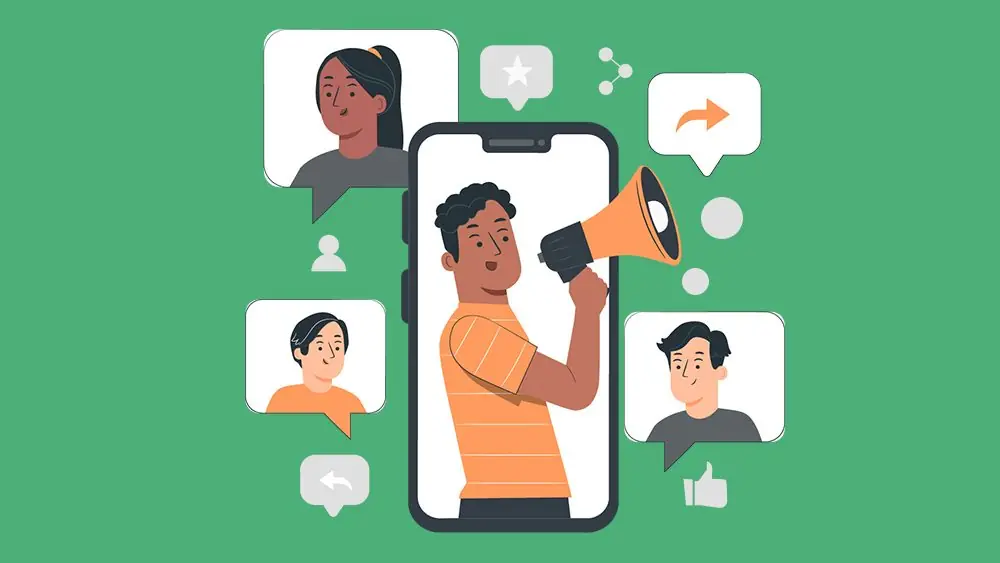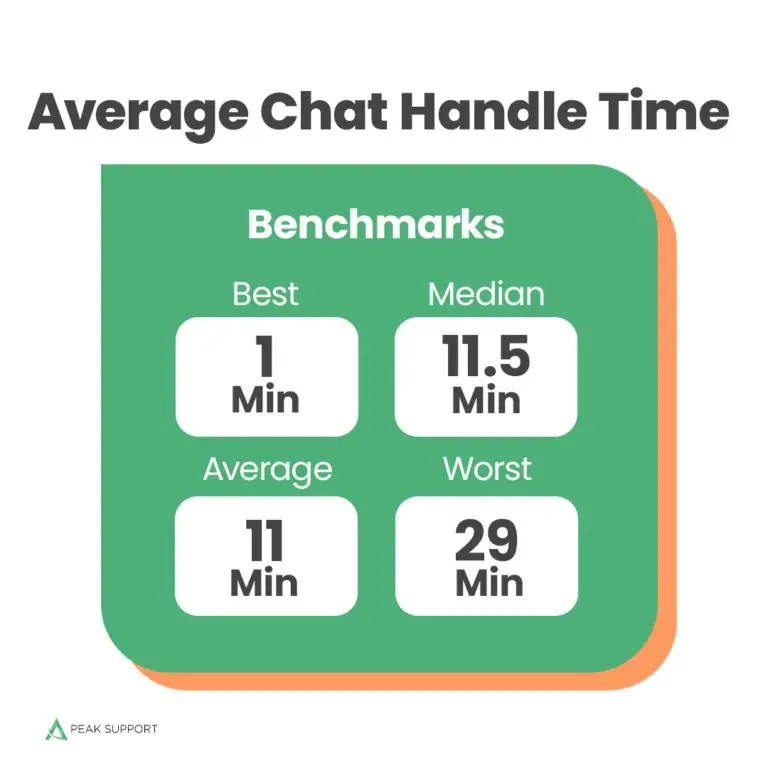2024 KPI for Customer Service: Average Chat Handle Time
- Peak Support

Introduction
Average Handle Time (AHT) on chat measures the average chat duration. In other words, it’s the average amount of time from when a new chat is initiated to when the interaction is concluded.
Some of the benefits of tracking chat AHT include:
- Identifying areas for improvement – Is your training method still effective? Are the help materials and resources used by agents updated?
- Removing bottlenecks – Is your team understaffed? Are they equipped with the best tech tools for providing customer support?
- Measuring team’s productivity – Who’s doing more and who’s slacking off? Who’s taking too much time solving an easy or recurring customer concern?
- Meeting and exceeding customers’ expectations – How speedy do customers expect your agents’ responses to be? How can you make agent-to-customer interactions more pleasant?
Our team has spent numerous hours gathering external data from more than 150 different sources as well as our own data to come up with the benchmarks featured in our 2024 Key Performance Indicators for Customers Service eBook. Use the benchmarks in our CX KPIs ebook as a starting point for what your customer service team should achieve. From there, you can make a habit of assessing your customer service team’s performance as often as necessary and gradually work on setting higher KPIs for them to beat.
Benchmarks
Coming up with the benchmarks for the best, average, median, and worst average chat handle time wasn’t easy. We spent months gathering and verifying 300 data points from more than 150 different sources and aggregating them so you and your team can have a clearer picture of what benchmark you should be aiming for.

Use these valuable tips to improve your chat AHT
Check your wait times.
In all likelihood, a high average handle time indicates that customers are waiting a long time, either at the start of the chat or in between responses. That might mean that your agents are handling too many chats at once, or just juggling too many tasks. The solution here is to manage the chat queue more efficiently—not pressure agents to end a chat early.
Use pre-written templates and snippets
Templates should enable your agents to provide a better experience. They should always be adapted and personalized to that customer and situation. Snippets can be an even better tool to make the chat more friendly by saving a variety of options and using them with keyboard shortcuts.
Leverage other channels.
If a customer brings up an issue on chat that’s going to take time to troubleshoot, empower your agents to let the customer know they’ll need some time. They can offer to follow up via email when the troubleshooting is complete.
Optimize the transfer from chatbot to human.
If you use a chatbot, make sure it’s collecting the right information from customers and passing it on to the agent. This will minimize the time it takes agents to get up to speed on the customer’s issue.
Optimize your chatbot today with Peak Support
Embark – an ecommerce company that sells pet DNA testing kits has been a Peak Support client since 2020. They wanted to optimize their chatbot to increase the number of tickets that didn’t require help from human agents but without sacrificing top-notch customer care. So our team of experts came in and ran a 60-day accelerated optimization and implemented these key improvements: updated the chatbot flow, help center optimization, improved agent assist, and proactive chat. The results? 96% of chatbot interactions were successfully resolved without agent intervention. What’s even more impressive is how our team was able to deliver on the client’s request while still maintaining an impressive CSAT score of 97% across all tickets.
You too can enjoy the expertise of Peak Support’s incredible CX team. Reach out to our sales team today to inquire about our services or to discuss a potential partnership.
